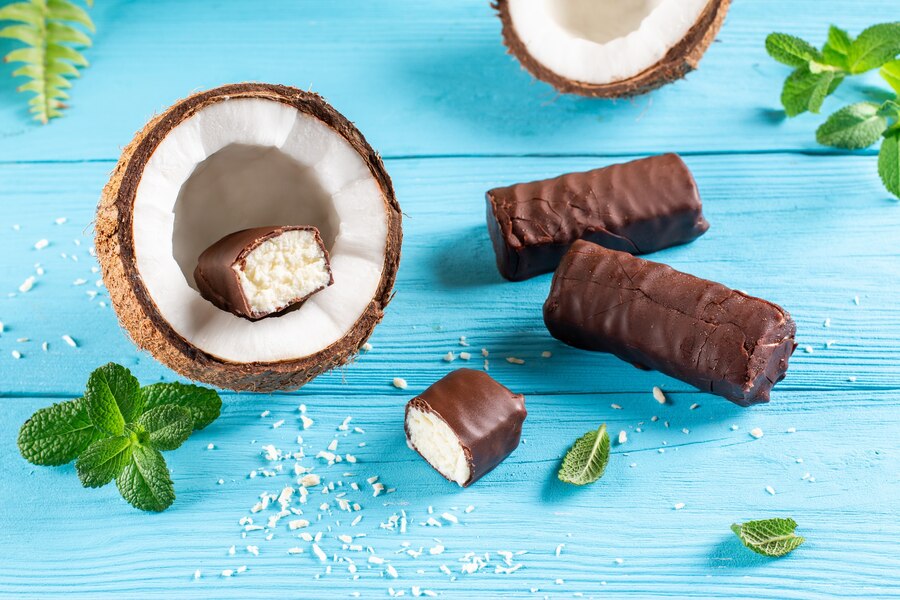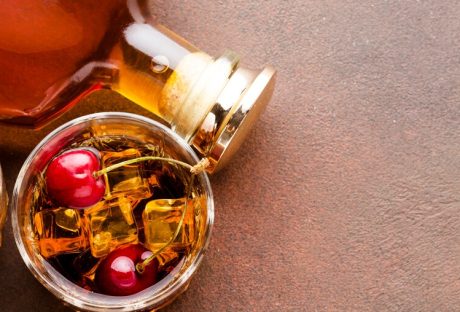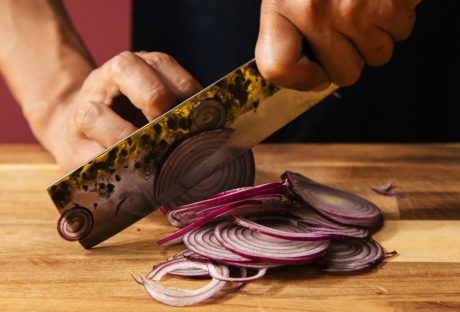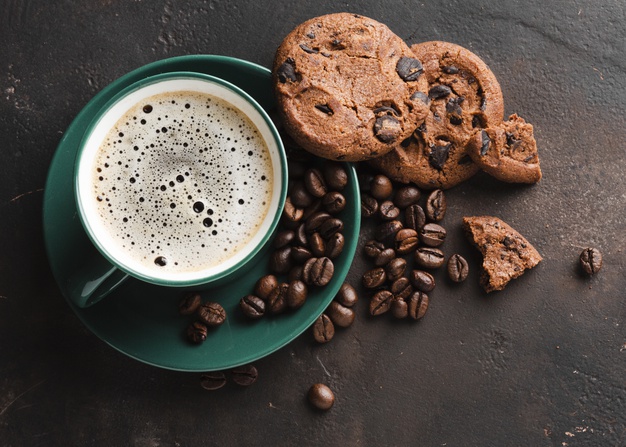Have you ever eaten a protein-based coconut bar and tasted just how satisfying they are? Offering flavors that take your mind to the sun-drenched beaches of the Caribbean, coconut products like these get your mouth watering when you know you’re about to take one out of your day bag and eat it. It’s one of life’s little pleasures.
As a low-carb, high-fiber snack, it’s great for bedding down your hunger, but did you know that the humble coconut offers a bunch of health benefits? Well, they do, and by reading on, you’ll understand just what a wise move including them in your diet really is.
The fruit of the palm tree is cultivated around the planet, being used in many different types of cooking and health-food products. As we’ll see in a moment. However, the range of body support this natural food source provides is surprisingly extensive.
Ways The Coconut Bar Helps The Body
So, aside from the delicious taste, what exactly do coconut products like these do for your health? We’re glad you asked, and here are five ways that they assist…
1 – Bacteria-Fighting Power

One of the first great things about your average coconut bar is that it’s able to prevent the growth of particular strains of bacteria. Studies have shown that coconut is particularly helpful as oil, at the same time stemming the growth of bacteria like Streptococcus.
Since coconuts are naturally antiviral and antibacterial, they can actually help you safeguard your immune system. A hefty immune system is critical for helping you prevent diseases as well as illnesses.
2 – Packed With Nutrition
Coconut is different from many other types of fruit in that they contain mostly fat and not carbs. They are also known to contain a range of vital minerals, as well as B vitamins. Also on offer is manganese – something that’s great for supporting your bones.
Copper and iron also exist in coconut, boosting the health of your blood vessels. A coconut bar is packed with satiating fiber as well as digestion-friendly ingredients. It never fails to provide minerals such as iron, zinc, magnesium, copper, and manganese.
3 – Blood Sugar Stabilizing
Being low in terms of carbohydrates means that coconut does not cause those blood sugar spikes you get after a typical candy bar. As such, they help to keep your blood sugar levels nice and stable, and the fruit is even thought to be beneficial in preventing insulin resistance – a problem that causes misery for many.
A study found that HDL cholesterol levels improve significantly on consuming coconut oil for 8 straight weeks. It also enhances triglyceride levels and ultimately reduces blood sugar.
4 – Free Radical-Busting
Free radicals are elements in our environment that cause cell damage. We’re talking about things like pollution and stress, and again, coconut comes to the rescue with its innate antioxidant compounds that hold them at bay. Battling them in this way helps to keep you looking younger and feeling great.
Coconut, in any form, has hydrating properties. Electrolytes in it help to hydrate and regulate the fluid balance in our body. Moreover, they also help regulate muscle contraction and blood pressure.
How To Choose The Right Coconut Protein Bar?
Protein bars are not just snacks, they are the prime energy sources for fitness freaks. While choosing the right one might be daunting, the process should never go unnoticed. Thus, the last thing you would want is to select the wrong coconut protein bar for yourself. Here are some tips to opt for the right protein bar enriched with the goodness of coconut.
Check The Protein
A coconut bar offering 10 grams of protein, at least, in every serving might just be the right one for you. Proteins help the body to build muscles extensively and also recover after rigorous exercise. Further, it enables the stomach to remain full in the middle of meals and fulfills cravings.
The Carbohydrate Factor
A coconut bar offering carbohydrates of less than 10 grams is excellent for your health. If that amount exceeds, chances are you will have an increased fat amount in the body. This further results in more carb cravings which are not good for your fitness.
Sugar
A coconut protein bar offering more than 6-8 grams of sugar on each serving is fine. Manufacturing companies usually add sugar alcohols and artificial sweeteners to enhance the taste. But these added sugars take a toll on your health. In a coconut protein bar, avoid sugar alcohols such as mannitol, erythritol, and sorbitol, to name a few.
Cut Down Fats
Search for coconut protein bars that have increased healthy fats and reduced saturated fats. If your bar has trans fats, it is best to avoid it. Healthy fats present in protein bars consist of nuts, coconut oil, seeds, and nut butter. Always search for a coconut bar that has no trans fat, as it can affect your health significantly.
Calories
Last but not least, you will have to consider the calorie factor of your coconut protein bar. For men, a protein bar must consist of calories between 170 to 250 per serving. On the other hand, a coconut bar should have 140 to 200 calories in each serving. Considering this might help you reap significant health benefits.
A Regular Coconut Bar Is A Great Way To Stay Healthy!
So, as we can see, the coconut is a bit of a hero when it comes to human health. Busting free radicals, stabilizing your blood sugar, fighting bacteria, and supplying you with essential minerals and vitamins, it’s one of the best types of snacks you can put in your body.
One thing is for sure, you don’t get this kind of body support from a candy bar, so why not consider switching to something that’s no less tasty but so much better for you in the long run? Like the sound of something sweet without the guilt? It would seem coconut protein bars might just be the answer!
Read Also :























All Comments
Maltepe Bilgisayarcı
Great information shared.. really enjoyed reading this post thank you author for sharing this post .. appreciated